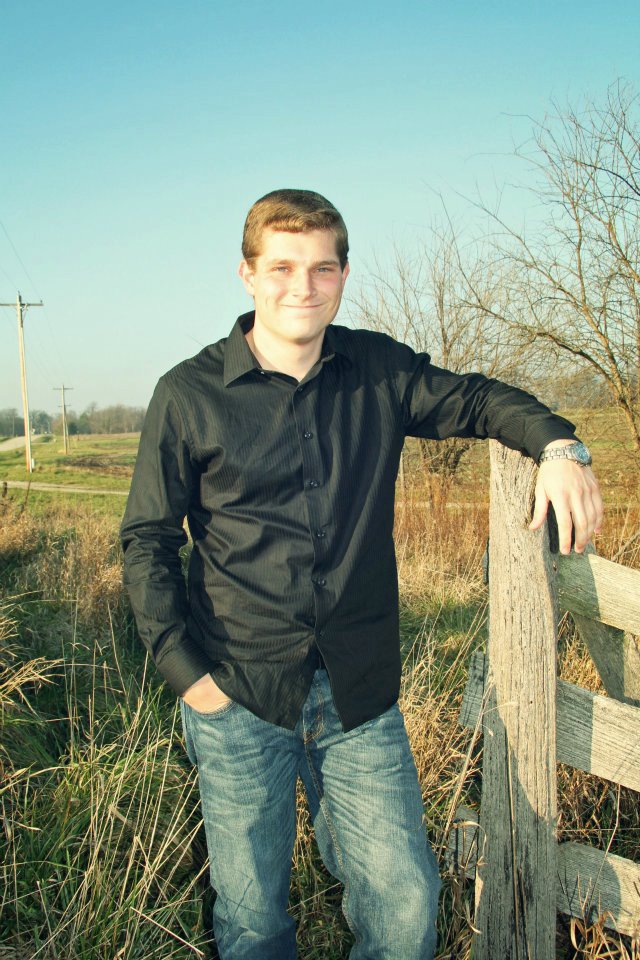Answers and Discussions for
Contents
[hide]Problem 3
Voltage Equation Transformation
To move from the rotor reference frame (or rotor phase variables) to the stationary reference frame, pre-multiply by $ \mathbf{K}_r^s = \begin{bmatrix} -\sin\left(\theta_r\right) & -\cos\left(\theta_r\right) \\ -\cos\left(\theta_r\right) & +\sin\left(\theta_r\right) \end{bmatrix} $. To do the opposite and move from the stationary reference frame to the rotor reference frame (or rotor phase variables), pre-multiply by $ \mathbf{K}_s^r = \left(\mathbf{K}_r^s\right)^{-1} $.
The voltage equation is the first to be transformed.
$ \begin{align} \vec{v}_{qdr}^{s'} &= \mathbf{K}_r^s \vec{v}_{12r}^{'} \\ \vec{v}_{qdr}^{s'} &= \mathbf{K}_r^s \mathbf{r}_r^{'} \left(\mathbf{K}_s^r \vec{i}_{qdr}^{s'}\right) + \mathbf{K}_r^s \mathit{p} \left(\mathbf{K}_s^r \vec{\lambda}_{qdr}^{s'}\right) \\ \vec{v}_{qdr}^{s'} &= r_r^{'} \cancelto{\mathbf{I}_2}{\mathbf{K}_r^s \mathbf{I}_2 \mathbf{K}_s^r} \vec{i}_{qdr}^{s'} + \mathbf{K}_r^s \left(\mathit{p} \mathbf{K}_s^r\right) \vec{\lambda}_{qdr}^{s'} + \cancelto{\mathbf{I}_2}{\mathbf{K}_r^s \mathbf{K}_s^r} \mathit{p}\vec{\lambda}_{qdr}^{s'} \end{align} $
The property that $ \mathbf{r}_r^{'} = r_r^{'} \mathbf{I}_2 $ was exploited with the commutative nature of scalar multiplication to simplify the first term. The Product Rule is applied for $ \mathit{p} \left(\mathbf{K}_s^r \vec{\lambda}_{qdr}^{s'}\right) $ to produce two terms, the latter of which also simplifies due to $ \mathbf{K}_r^s $ and $ \mathbf{K}_s^r $ being matrix inverses. A detour is needed to simplify the middle term. Using the First Fundamental Theorem of Calculus, $ \mathit{p}\theta_r(t) = \mathit{p} \int_{\tau = 0}^{t} \omega_r(\tau) \, d\tau + \mathit{p}\theta_r(0) = \omega_r(t) $.
$ \begin{align} \mathbf{K}_r^s \left(\mathit{p} \mathbf{K}_s^r\right) &= \begin{bmatrix} -\sin\left(\theta_r\right) & -\cos\left(\theta_r\right) \\ -\cos\left(\theta_r\right) & +\sin\left(\theta_r\right) \end{bmatrix} \omega_r \begin{bmatrix} -\cos\left(\theta_r\right) & +\sin\left(\theta_r\right) \\ +\sin\left(\theta_r\right) & +\cos\left(\theta_r\right) \end{bmatrix} \\ \mathbf{K}_r^s \left(\mathit{p} \mathbf{K}_s^r\right) &= \omega_r \begin{bmatrix} 0 & -1 \\ +1 & 0 \end{bmatrix} \end{align} $
The voltage equation is finished.
$ \begin{equation} \boxed{\vec{v}_{qdr}^{s'} = r_r^{'} \vec{i}_{qdr}^{s'} + \omega_r \begin{bmatrix} 0 & -1 \\ +1 & 0 \end{bmatrix} \vec{\lambda}_{qdr}^{s'} + \mathit{p}\vec{\lambda}_{qdr}^{s'}} \end{equation} $
Flux Linkage Equation Transformation
Similar steps are used for the flux linkage equation.
$ \begin{align} \vec{\lambda}_{qdr}^{s'} &= \mathbf{K}_r^s \vec{\lambda}_{12r}^{'} \\ \vec{\lambda}_{qdr}^{s'} &= \mathbf{K}_r^s L_m \begin{bmatrix} +\cos\left(\theta_r\right) & -\sin\left(\theta_r\right) \\ -\sin\left(\theta_r\right) & -\cos\left(\theta_r\right) \end{bmatrix} \mathbf{K}_s^s \vec{i}_{qds}^{s} \\ \vec{\lambda}_{qdr}^{s'} &= L_m \begin{bmatrix} -\sin\left(\theta_r\right) & -\cos\left(\theta_r\right) \\ -\cos\left(\theta_r\right) & +\sin(\left(\theta_r\right) \end{bmatrix} \begin{bmatrix} +\cos\left(\theta_r\right) & -\sin\left(\theta_r\right) \\ -\sin\left(\theta_r\right) & -\cos\left(\theta_r\right) \end{bmatrix} \begin{bmatrix} +1 & 0 \\ 0 & -1 \end{bmatrix} \vec{i}_{qds}^{s} \\ \vec{\lambda}_{qdr}^{s'} &= L_m \begin{bmatrix} 0 & +1 \\ -1 & 0 \end{bmatrix} \begin{bmatrix} +1 & 0 \\ 0 & -1 \end{bmatrix} \vec{i}_{qds}^{s} \end{align} $
The flux linkage equation is finished.
$ \begin{equation} \boxed{\vec{\lambda}_{qdr}^{s'} = L_m \begin{bmatrix} 0 & -1 \\ -1 & 0 \end{bmatrix} \vec{i}_{qds}^{s}} \end{equation} $
Frequency of Balanced Circuit Variables
The stator circuit variables have an input radial frequency of $ \omega_e $. The frequency of circuit variables is the input frequency with respect to a stationary reference minus the radial speed of the arbitrary reference frame. In this case, the speed of the currents, voltages, and flux linkages in the stationary reference frame is $ \omega_e - 0 = \boxed{\omega_e} $.

